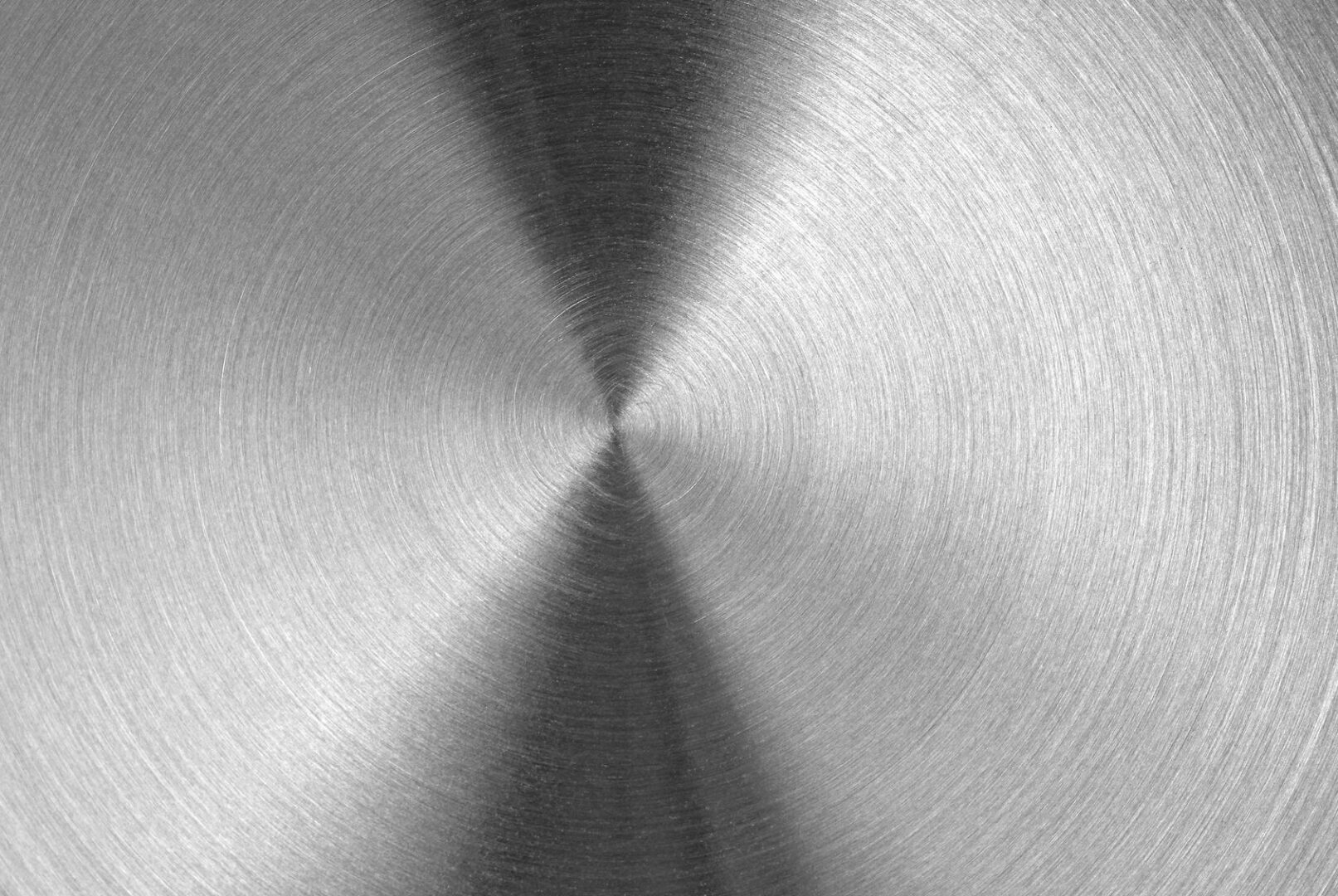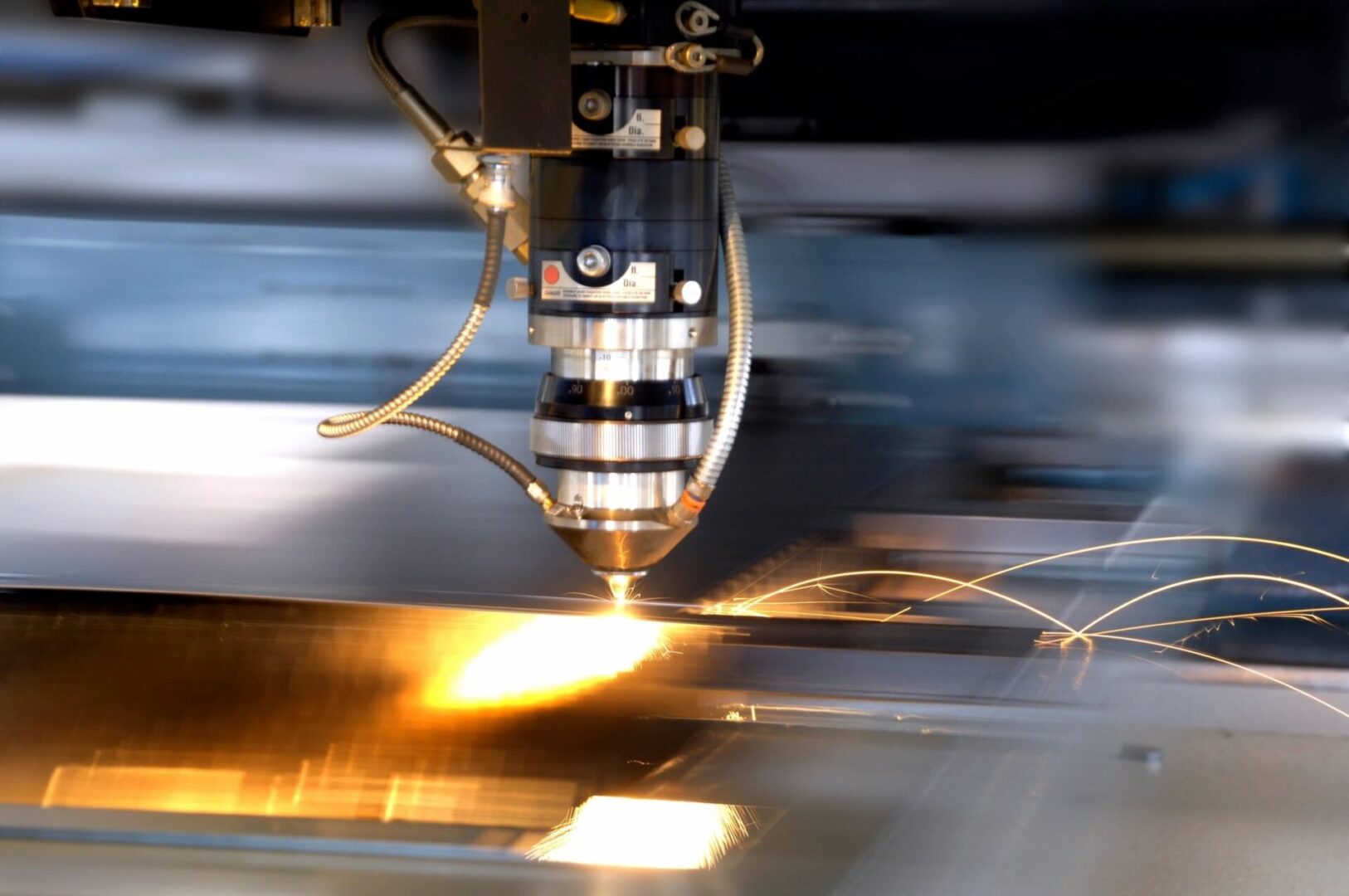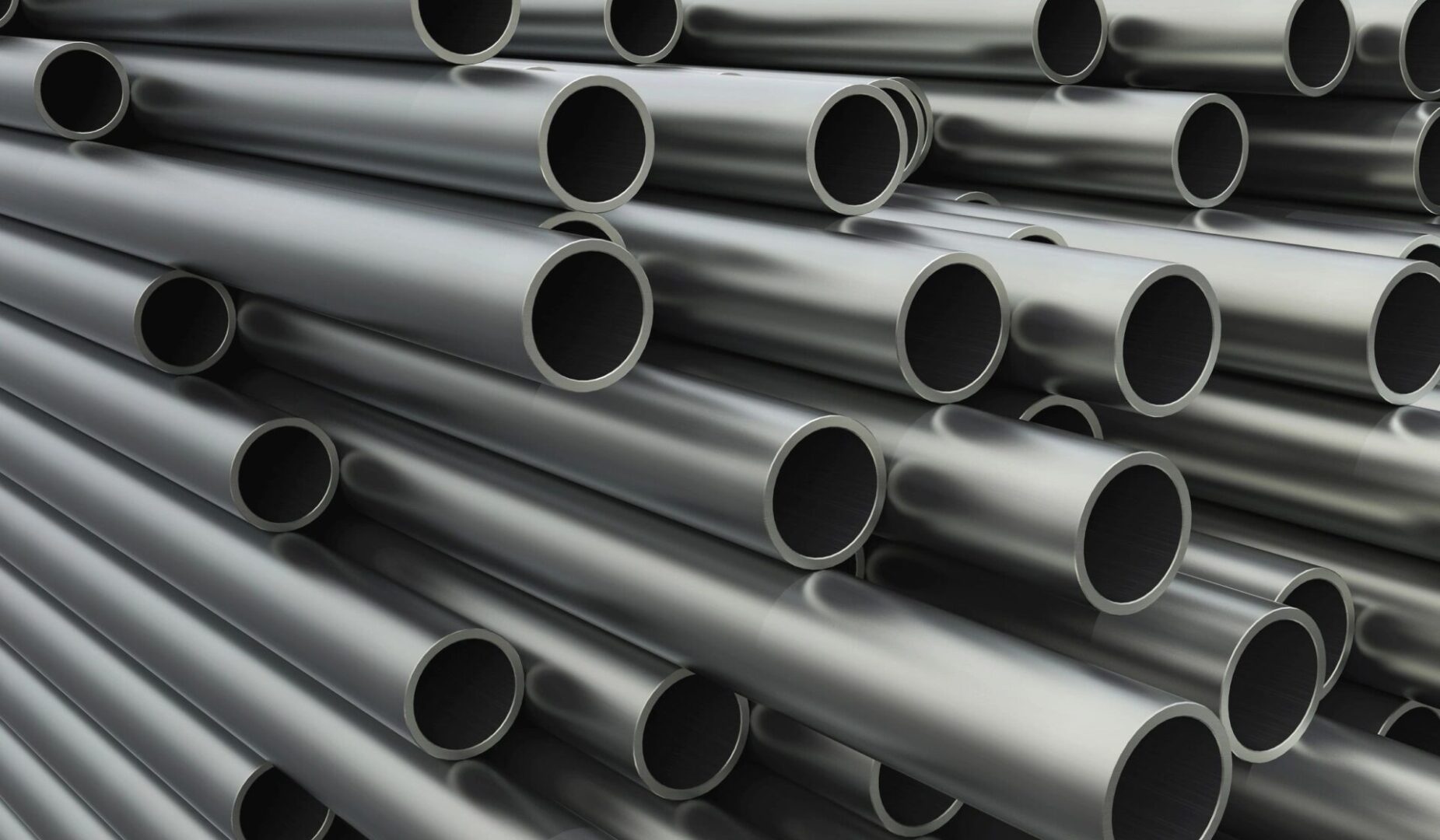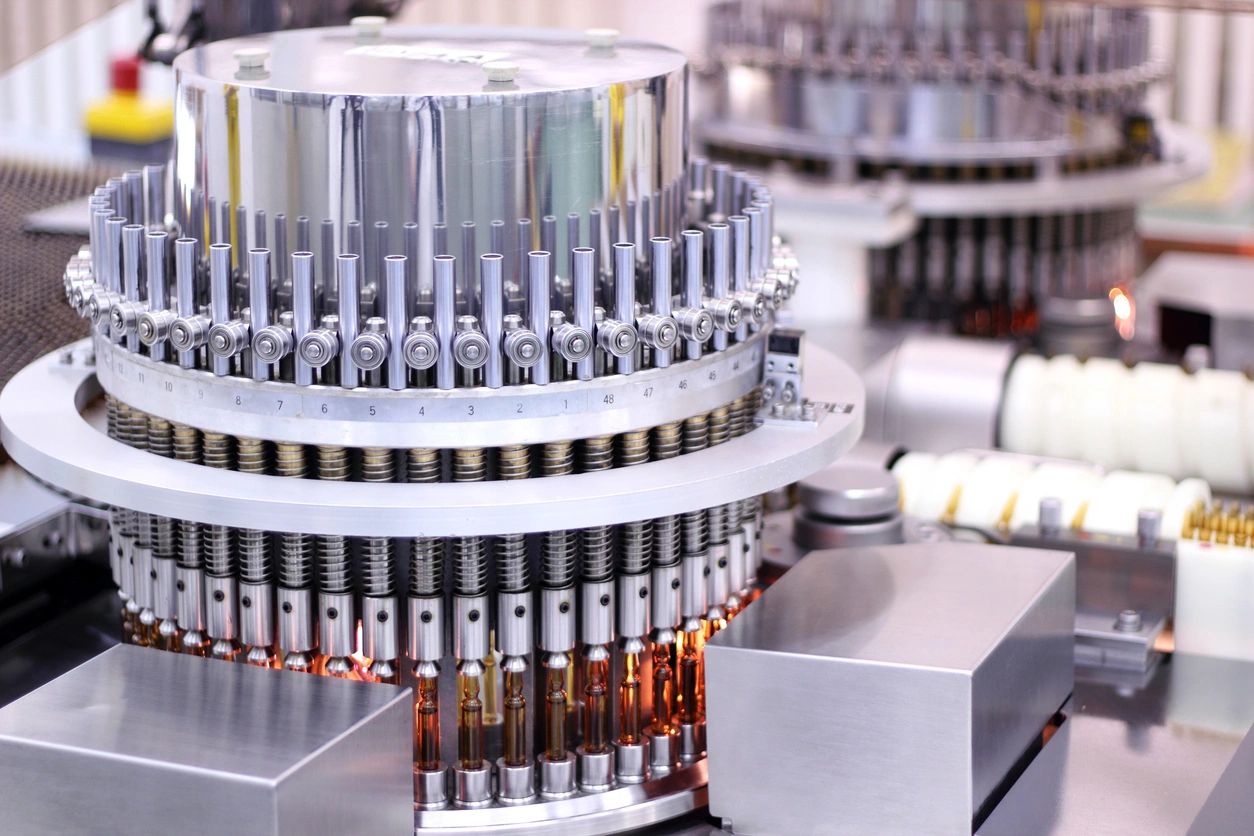
Explore Various Types of Stainless and Finishes
To find out more about the Stainless Steel and finishes used by Source21mi we have compiled some brief details for you.
Stainless
Adding Nickel
While there are various kinds of steel, iron’s austenite structure is stabilized once nickel is added. It makes them nonmagnetic and less brittle in colder temperatures.
Adding Carbon
Carbon is incorporated into the steel mixture to improve the material’s hardness and strength. It can be used to create cutlery, tools, razor blades, and other products when subjected to acceptable heat treatment.
Adding Manganese
When used in steel compositions, manganese can preserve a material’s austenitic structure. It is also more affordable to use than nickel.

According to Their Crystalline Structure
Austenitic
This type of steel is used in more than 70% of the production process. To retain its austenitic structure from the cryogenic region to the alloy’s melting point, it should have the following elements:
The 18/10 stainless used in flatware often has the typical composition of 18% chromium and 10% nickel. 18/0 and 18/8 kinds are also available.
Super Austenitic
Due to its high Molybdenum contents (>6%), this type of steel can resist chloride pitting and crevice corrosion. When a higher amount of nitrogen and nickel is added to its mixture, this steel can better resist stress corrosion cracking than the 300 series.
With its higher alloy content, super-austenitic steel is more expensive than others. One can also achieve its durability at a much lower cost by using duplex steels.
Some examples of this type of steel are alloy AL-6XN and 254SM.

Ferritic
While highly corrosion resistant, ferritic stainless steels are less durable than austenitic ones and can’t be hardened by heat treatment. Their composition includes:
Ferritic Grades
Martensitic
While not that corrosion-resistant, martensitic stainless steels are extremely strong, tough, machinable, quenched, and magnetic. Known as the series-00 steels, they can also be hardened by heat treatment.
Martensitic Steel Composition
Duplex
To produce a 50:50 mix, duplex stainless steel contains a mixture of austenite and ferrite microstructure. However, the ratio can be 60:40 in some commercial alloys.
With their high chromium and lower nickel compositions, this type of steel has improved strength and resistance to pitting, crevice corrosion, and stress-corrosion cracking.

Finishes
To use standard mill finishes, one has to apply it directly to flat-rolled stainless steel using rollers and mechanical abrasives. The steel should be rolled first according to desired size and thickness. After that, it will be annealed to change its properties.
Through pickling, one can remove the oxidation on the surface before creating a passivation layer. The final finish can then be applied to achieve an aesthetic appearance.
Types of Finishes
Rockwell
Reach Out to Us
When it comes to high-quality steels and finishes, trust none other than Source21mi. Send us a message today for more information about our products.
